For all procedures I use hand cut red pine charcoal.
Charcoal provides the optimal acid-free environment for steel, by reducing oxidation and loss of carbon content.
Owing to the high calorie content and the light nature of hand cut red-pine charcoal, as well as the peculiar Japanese bellow, temperature can be precisely and swiftly controlled.

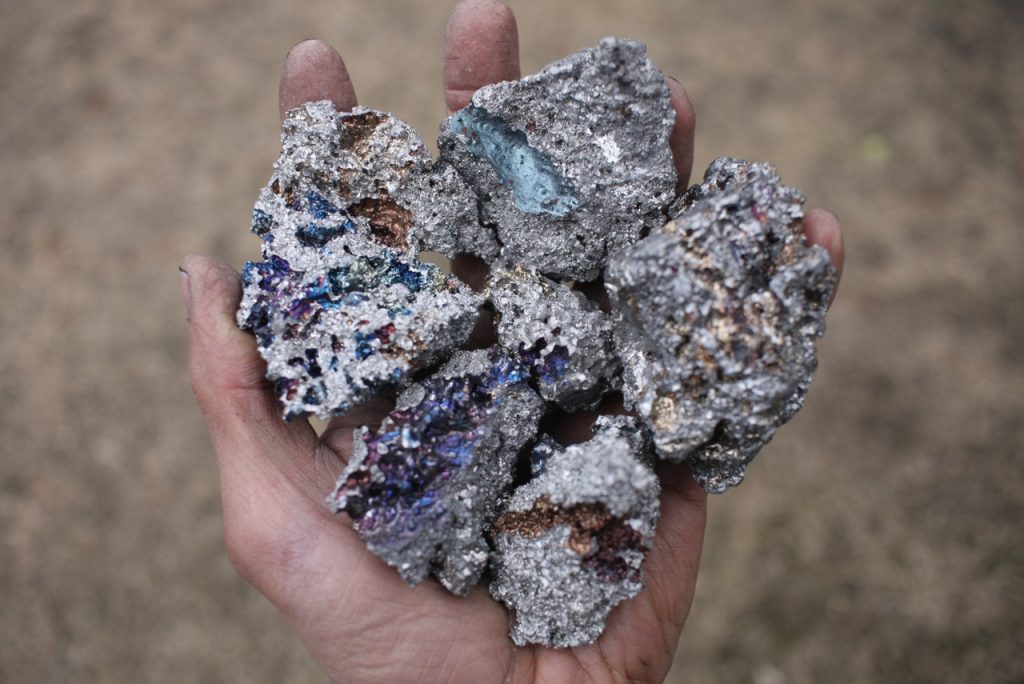
Tamahagane, a legendary and rare steel, with an ancient production method passed on for
thousands of years.
Its originator was according to mythology, the goddess of Iron, Kanayago.
The tradition is still alive today, and a limited amount are smelted exclusively for licensed Japanese
sword-smiths, in a traditional style furnace called Tatara.
Tamahagane is a raw material, and its potential is meant to be refined according to its intended
purpose.
The refining method tanren, involves a technique of folding the material to homogenize, and fine-tune
the carbon content.
The tamahagane is flattened, purified and hardened, then broken into small pieces.
By observing the fractured surface, it can be sorted according to purity and carbon content.The selected pieces are fused into a billet, then repeatedly elongated and folded in half.
This refining process is continued until the steel reaches its intended characteristics.The folding process exponentially laminates the steel, in some cases into hundreds of thousands of layers. The interaction of these layers creates various effects in the steel skin, revealed after the
polishing effort.
The process renders a pure steel with unparalleled strength, and such mysterious beauty, that it was
considered possessing magical properties
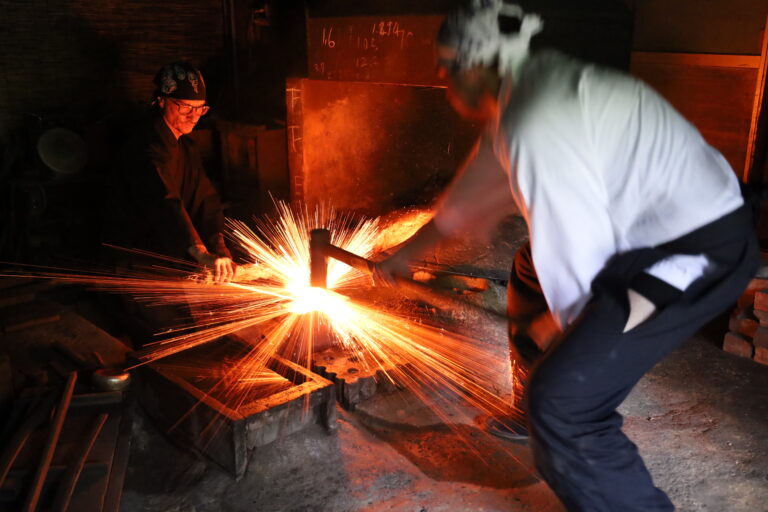
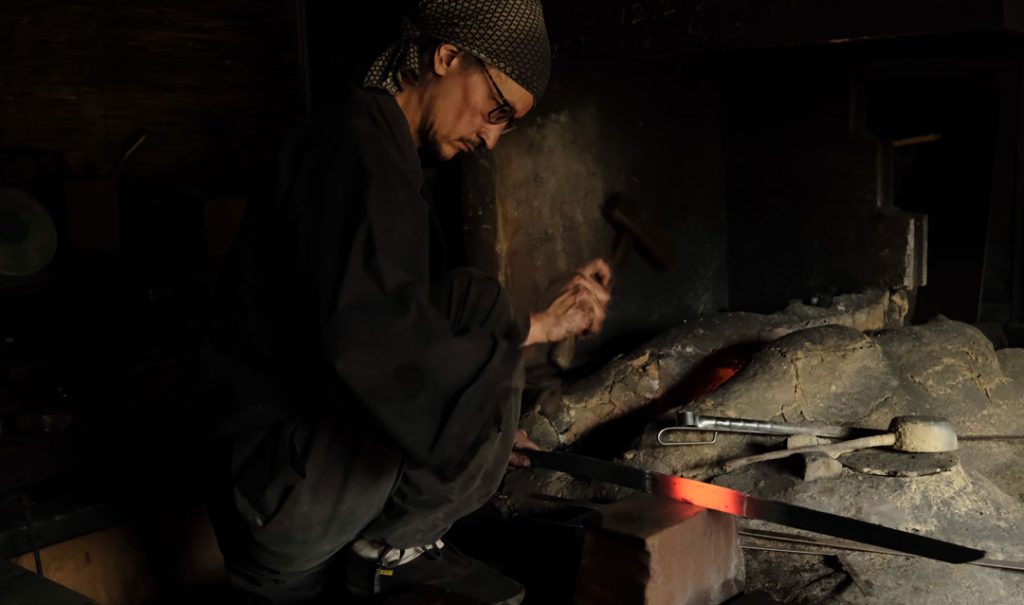
The blades are forged meticulously by hand held hammer, as near the final shape as possible. This process, not only saves the valuable material, but renders a strong steel and a solid edge. It compacts and refines the grain further, and makes the grain structure flow in alignment of the
blades anatomy.
The result can be observed in the polished surface, as the multiple steel layers interact as numerous
metallurgical effects
Hardening is performed in darkness, as the steel temperature is judged by its glowing heat color.When the blade has reached correct temperature uniformly, it is swiftly quenched in water.Differential hardening is done by applying a secret accelerating clay mixture, thin along the edge, and an insulating clay mixture thicker on the body of the blade.
The edge is thus cooled at a quicker rate, and as a result, the blade gets a hardened edge. An area of a crystalline structure of martensite is formed along the border of the insulated and softer pearlite structure of the blade. This beautiful visual result is called hamon.
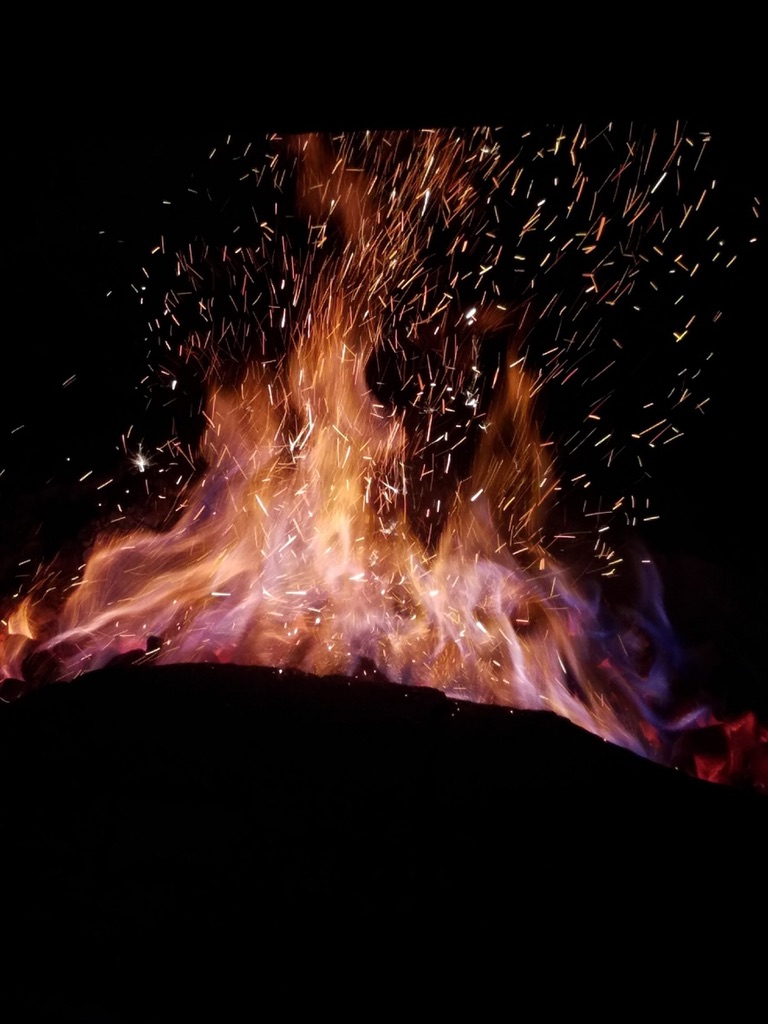
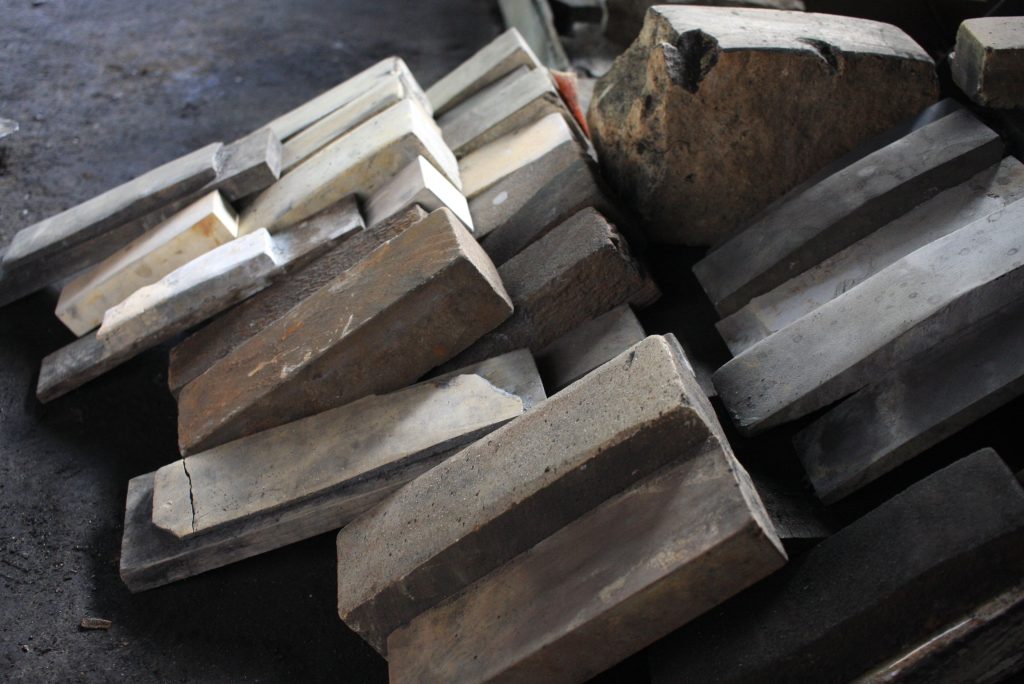
Basic polishing is done by the sword-smith. Narrowing the edge, harmonizing the surfaces, defining the lines and establish the appropriate bevel. Further polishing is about refining the blades character, highlight its fine details and bringing the steel to life. This is done by a separate craftsman, a professional polisher. It is a very delicate and difficult craft to master, so the polisher usually apprentice for at least ten years.
However, my knife blades I polish myself, on natural whetstones.
Polishing reveals all the previous efforts that has been poured into the blade. It elevates the perfect cutting weapon, the Japanese sword, into the highest art form in steel. And transcends its practical functionalities into an object of great artistic beauty.